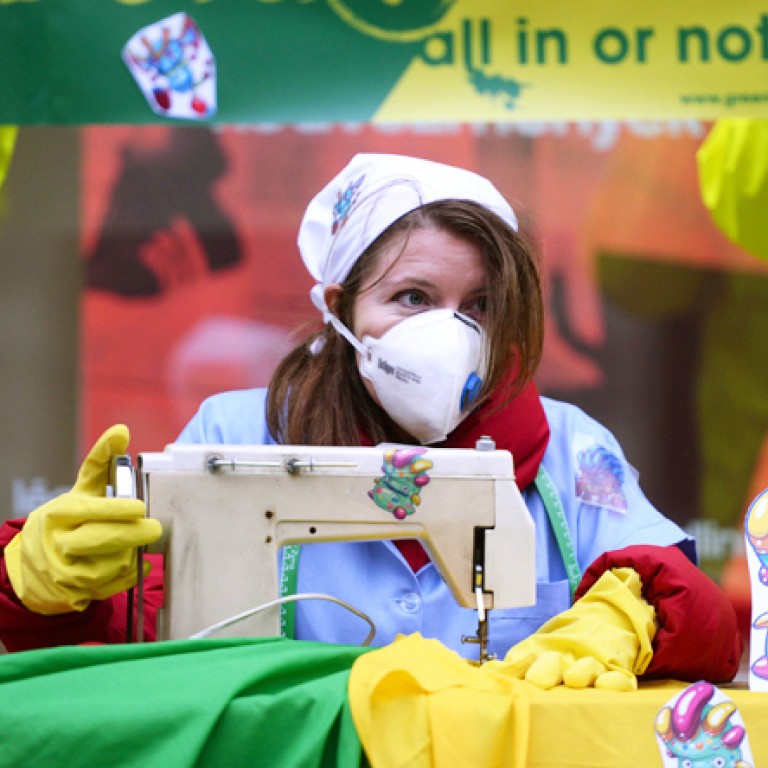
Update | Adidas, Gap, Disney and Burberry rebut claims of toxic clothing
Adidas, Gap, Burberry and Disney say chemical levels in their products are within legal limits
Manufacturers of children's clothing have questioned the scientific basis of a test report from environmental activists that claims to have found harmful chemicals in their products.
Adidas, Gap, Burberry and Disney all said their goods complied with relevant health and safety laws and regulations.
Adidas said yesterday that the report was "selective" and vowed to seek independent verification of the results.
A company spokeswoman explained that Greenpeace had found an organotin chemical compound in one of its shoes. She admitted that some organotins could damage immune and nervous systems, but said the type found in the Adidas shoe was harmless. Greenpeace's report, she said, "lacks a scientifically sound basis".
On Tuesday, Greenpeace environmentalists released a report saying hormone-interfering chemicals had been detected in 60 per cent of the 82 clothing samples they tested from 12 brands in 25 countries.
The substances they found included nonylphenol ethoxylates (NPE), plasticisers and potentially carcinogenic chemicals. Four of the samples that had NPEs - an Adidas sports shoe, a Burberry jacket, a Disney jacket and a Gap T-shirt - were sold in Hong Kong.
Gap said the Greenpeace report showed barely measurable levels of all the chemicals in question.
"For example, the allowable amount of phthalates for childcare articles and toys is 0.1 per cent and the maximum concentration of phthalates they found in Gap clothing was 0.004 per cent of the garment," it said.
Greenpeace Hong Kong campaigner Kate Lin Pui-yee said present regulations were insufficient in controlling the use of these chemicals in textiles, especially in Hong Kong.
The use of NPEs in industrial products was restricted in the European Union and the United States, Lin said. Local governments in mainland China were working to set their own limits, but Hong Kong had no such policies, she said.
Restrictions in Europe, the US and mainland China on phthalate plasticisers applied to toys and children's products but not to clothing, she said.
The extent of the potential health risks had yet to be proven scientifically, but the government should tighten laws to protect the public, she said.
On Tuesday, Leung Ka-sing, a visiting associate professor at Polytechnic University's department of applied biology and chemical technology, said the health effects of the chemicals at the levels found would be small.
